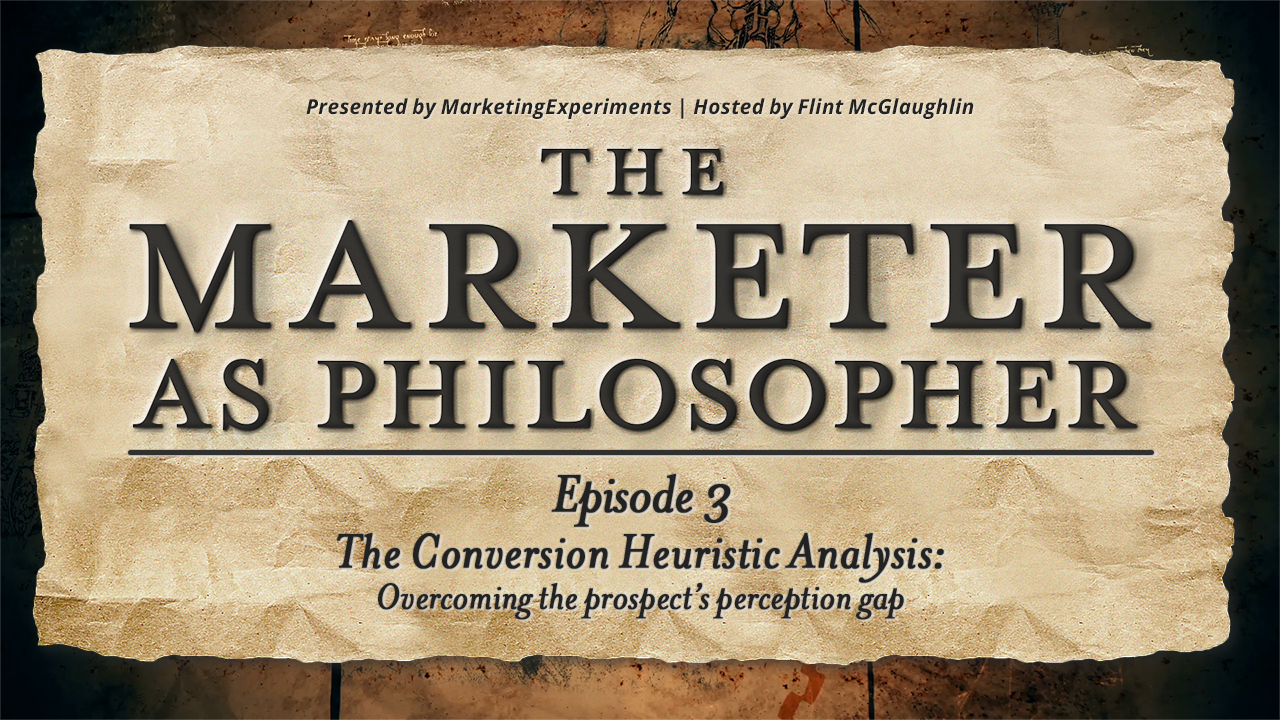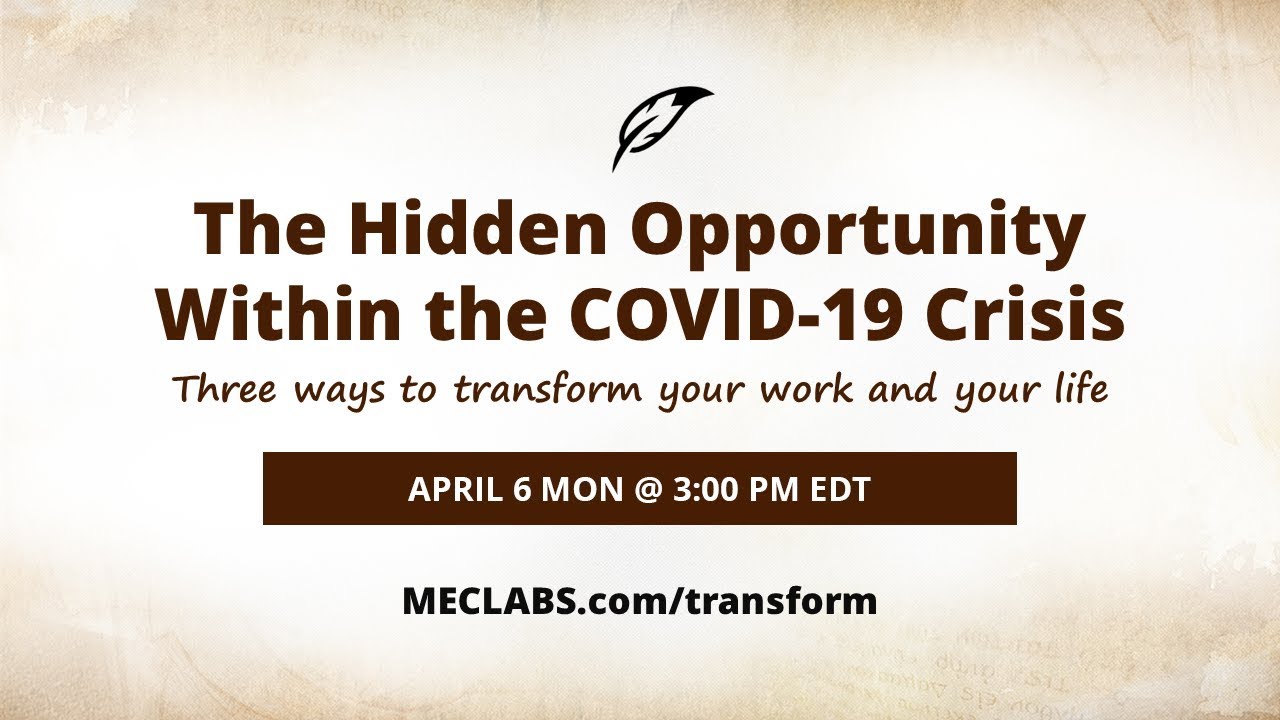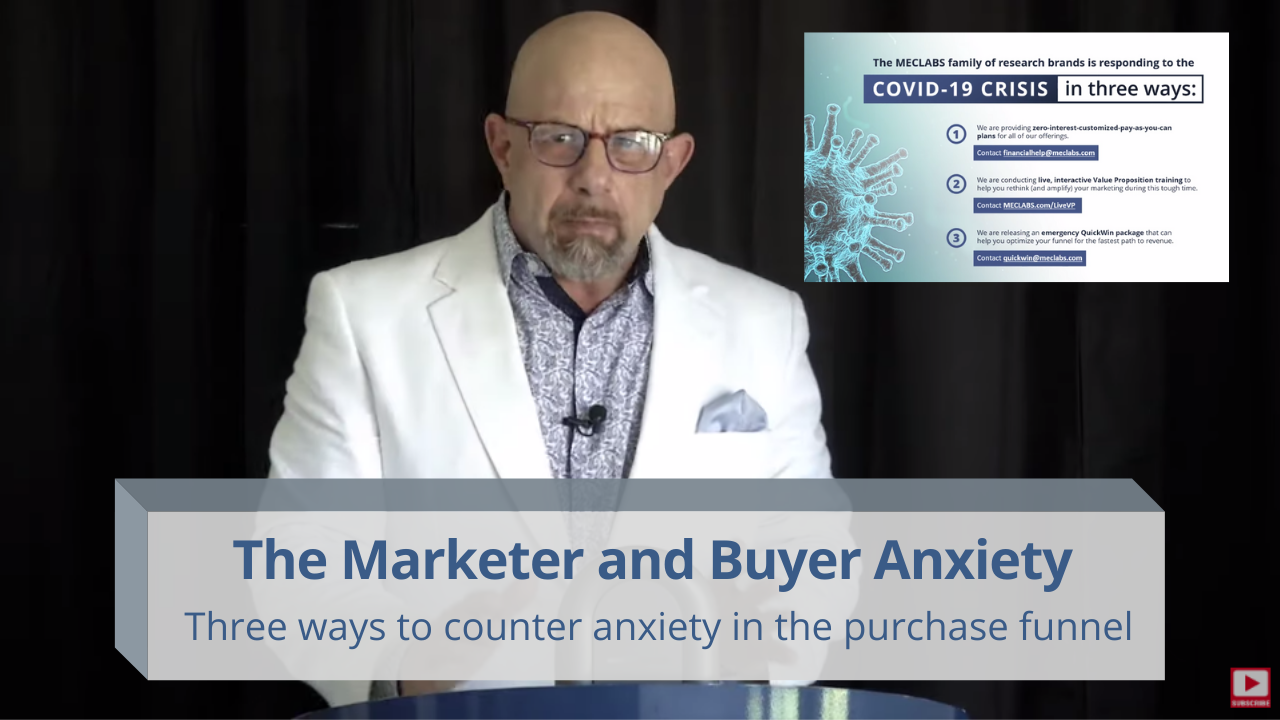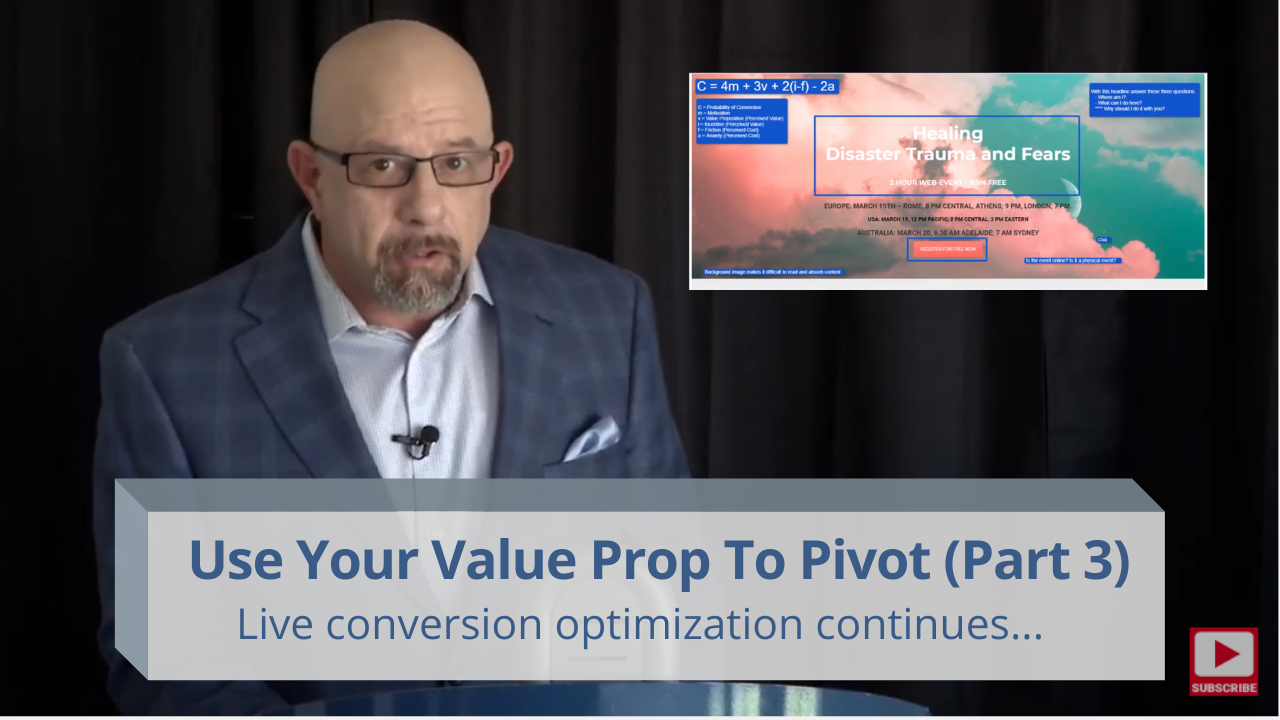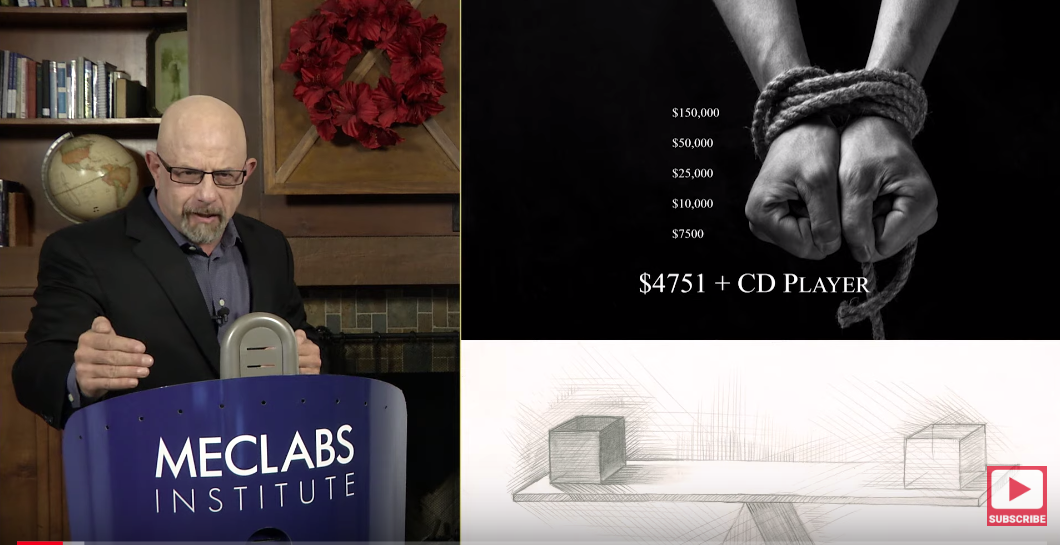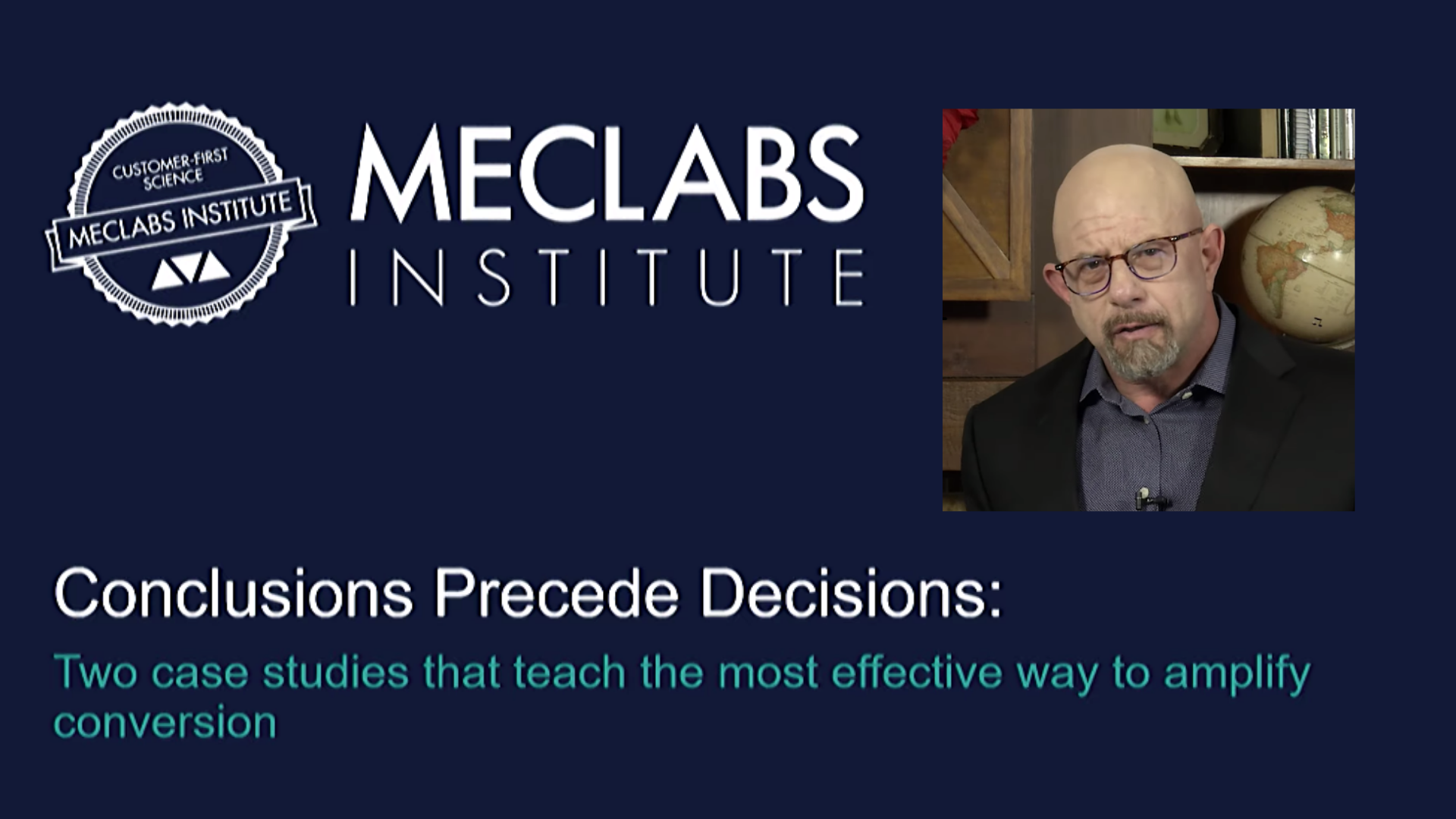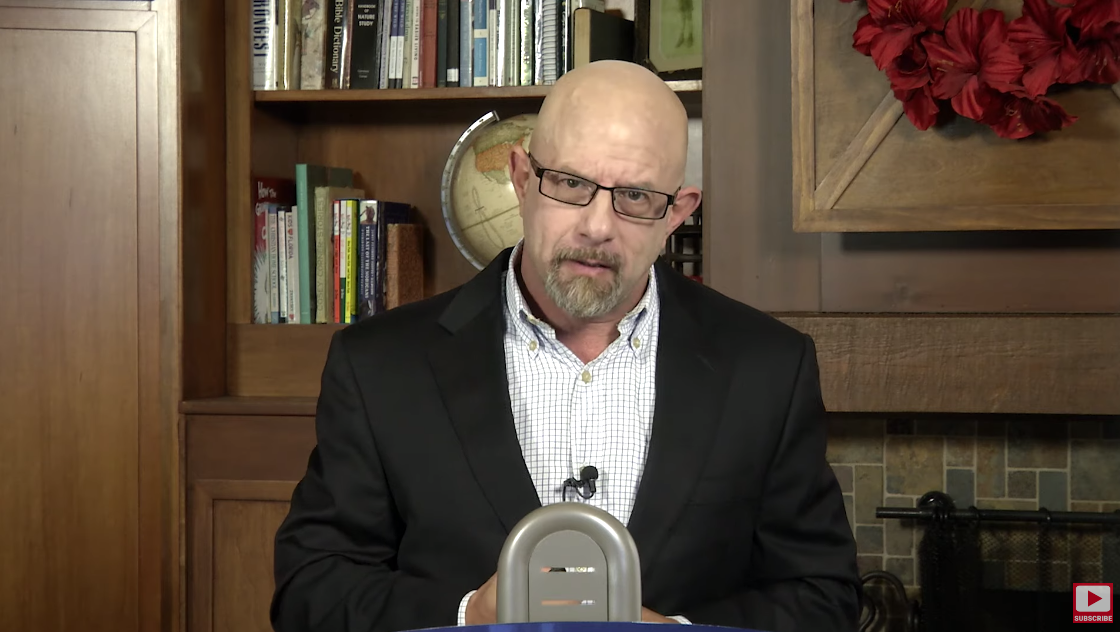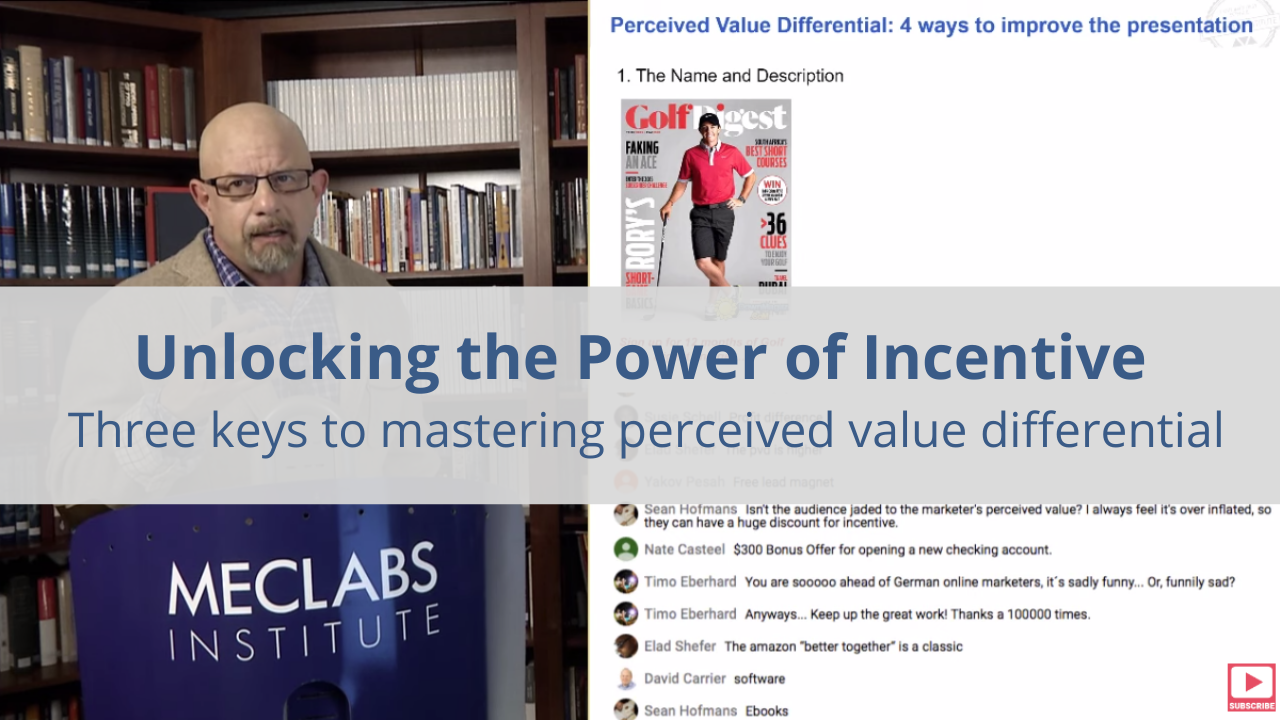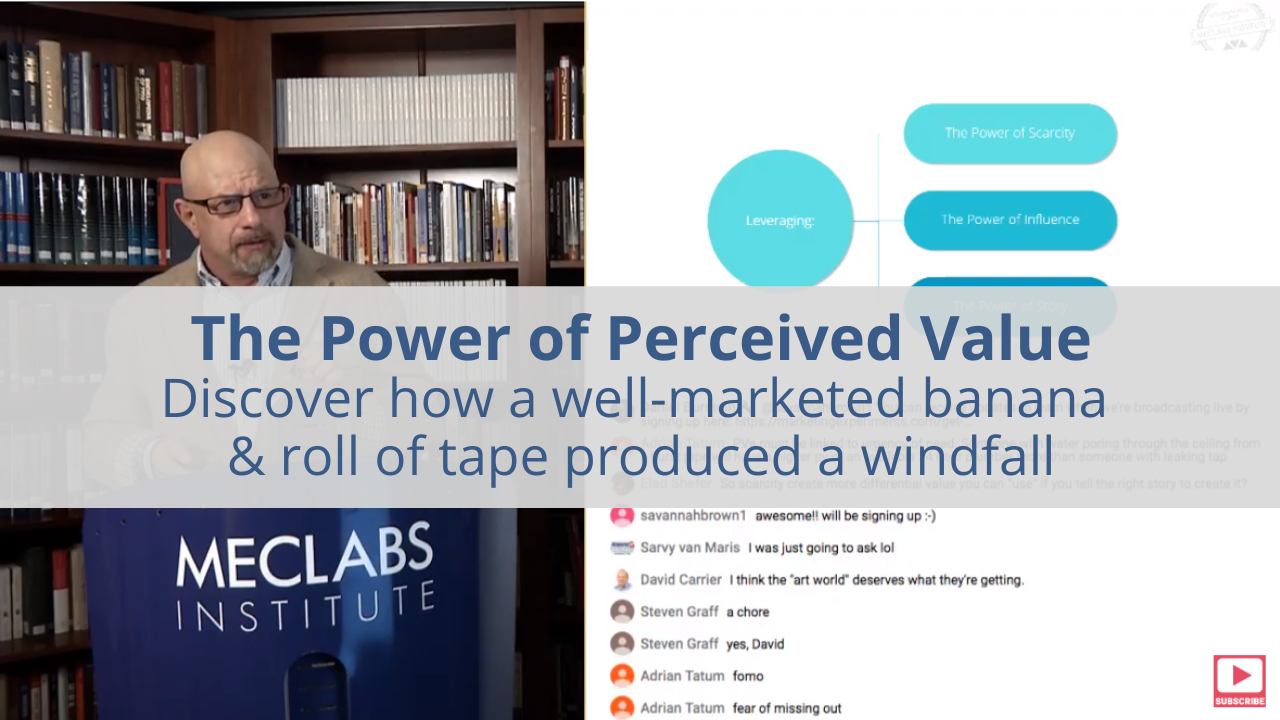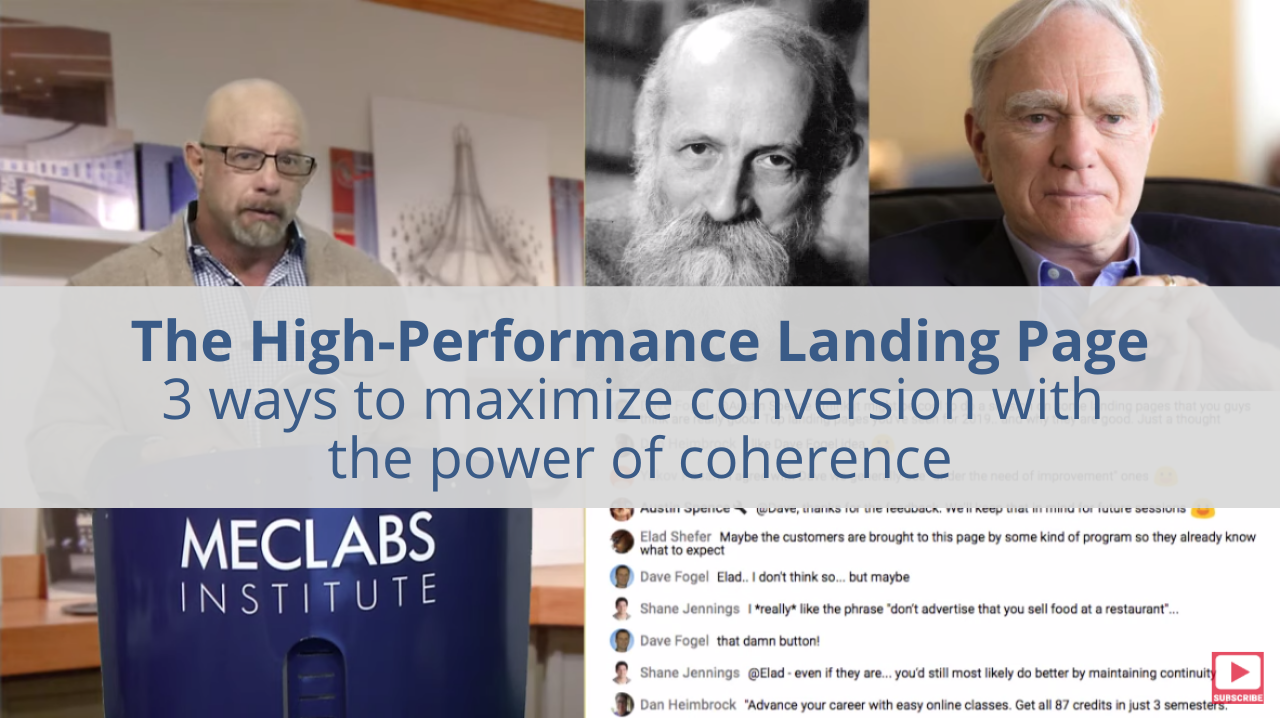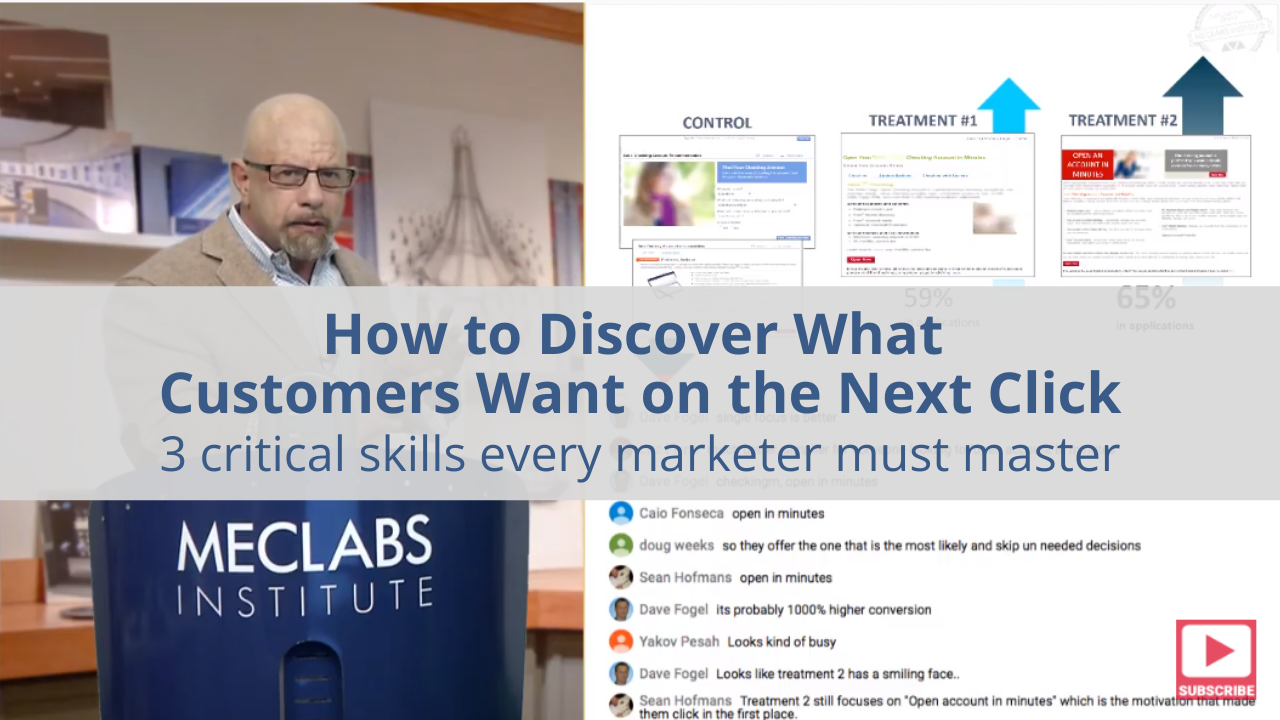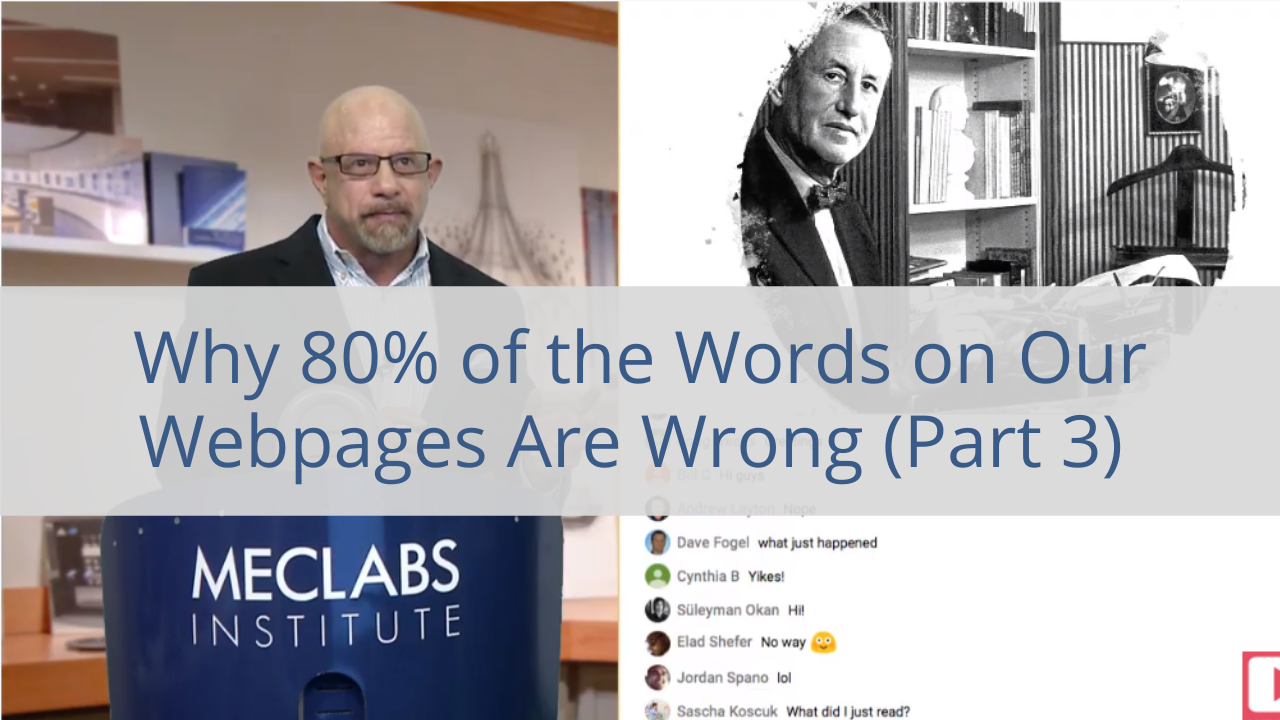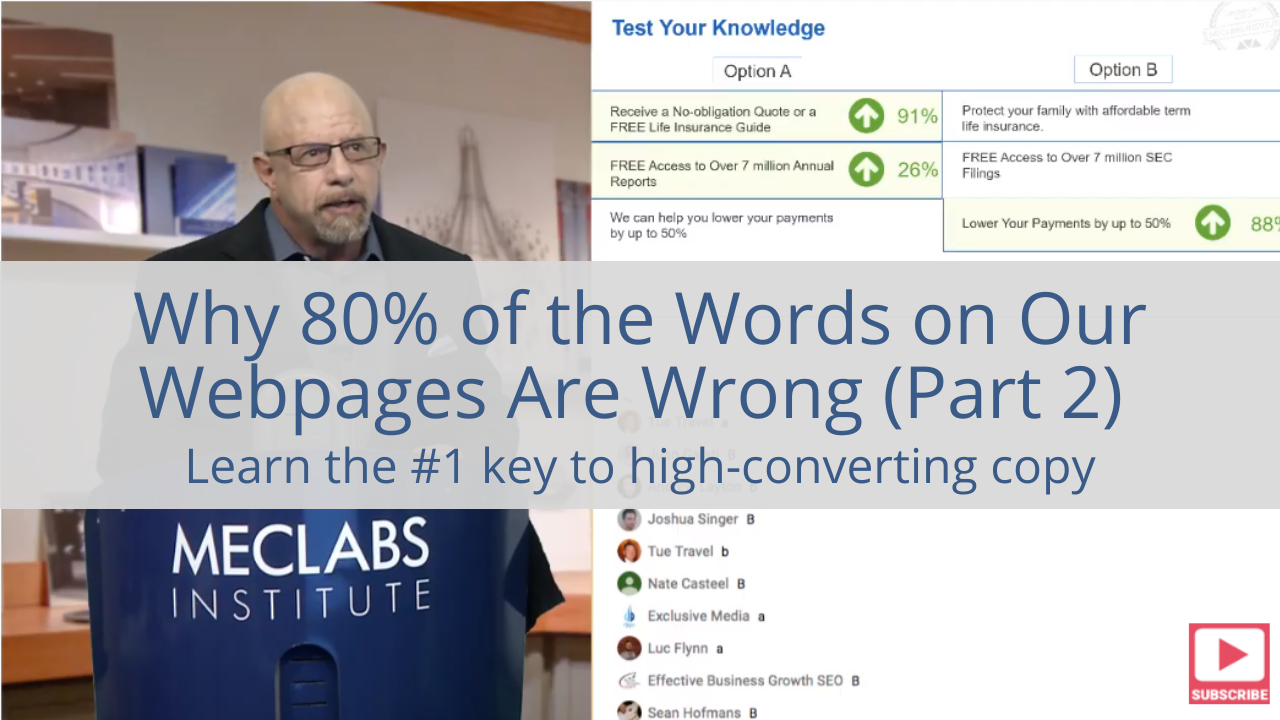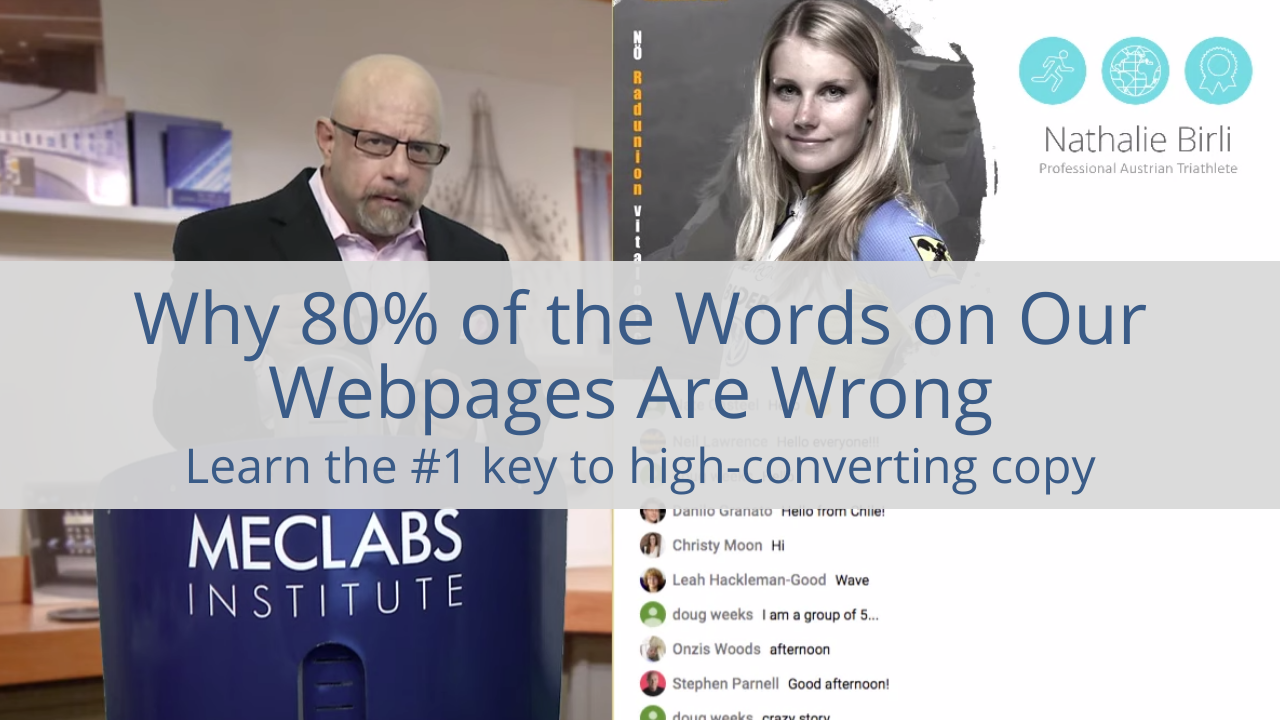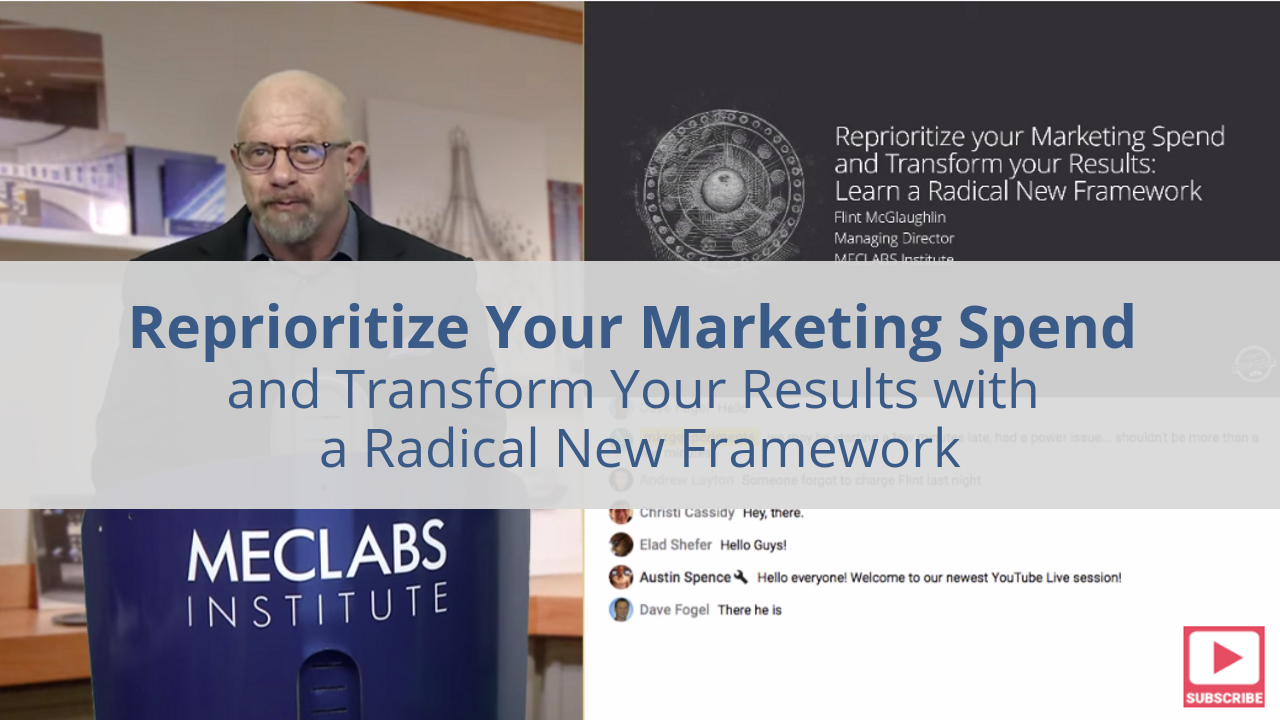(This article was originally published in the MarketingExperiments email newsletter.)
Year-end wrap-up articles tend to focus on the newest cutting-edge technology — that new AI-powered, machine-learning doohickey that uses blockchain technology to automate an influencer marketing hub.
Yeah, yeah, yeah.
The new can be helpful, but like a kitten playing with tinsel on Christmas morning (or even worse, playing with a lit menorah on the eighth night of Hanukkah), we can all too easily get distracted (and even burned) by the new and shiny at the expense of the fundamental and foundational.
In 2019, sure, we here are MarketingExperiments tried to find novel, innovative ways to serve you — most notably, our new, interactive sessions broadcast through YouTube Live.
But when I looked in the ‘ol analytics platform to see which MarketingExperiments content got the most pageviews, much of the content your peers found most helpful was in fact based on fundamental and foundational principles. We’ve shared that information below in the hopes that these articles and videos can help you as well.
How to Amplify the Power of Your Value Proposition
This was the first MarketingExperiments YouTube Live session and is, so far, the most popular. In it, Flint McGlaughlin, CEO and Managing Director, MECLABS Institute (parent organization of MarketingExperiments), teaches a four-part framework that represents the number one way to drive results.
Here’s how Frank Ofem describes the session in the YouTube comments: “This is loaded!!! On replay more than 4 times and still having crystals on my notepad!!! JUST Awesome …”
WATCH NOW
The 21 Psychological Elements that Power Effective Web Design (Part 1)
Flint taught a framework to help you think about your webpages systematically in order to achieve consistent conversion lifts.
After watching this video, Betsey O’Hagan went on Facebook to say she was, “Grateful for Flint McGlaughlin’s passion, energy, and learning.”
WATCH NOW
How to Wireframe a Landing Page: 6 steps
A MarketingExperiments reader emailed us and asked about our wireframing process. So, we wrote this article breaking it down step by step.
On LinkedIn, Miles Bennett said, “Interesting post on how to #wireframe a #landingpage. Ok it’s a little more — it’s a step-by-step guide and quite insightful. Have you set your objectives? Is measurement in place? Have you done customer testing? #wortharead”
READ NOW
CRO Cheat Sheet: Customer thinking guide for conversion rate optimization
This article features a free tool based on the MECLABS Institute Conversion Heuristic to help you increase the probability of conversion in your marketing (and really, in everything in life). You can instantly download this free two-page PDF (instant download, no form fill or squeeze page) and print it out to hang in your office. The article also includes a deeper explanation to help you put this information into action.
On LinkedIn, our friend Max Marker said …
“‘Stop viewing your funnel through the lens of the marketer and begin viewing it through the lens of the customer.’”
This article provides a powerful framework that can be used to significantly increase the performance of your marketing funnel.
#MECLABS #meclabsconversionheuristic #ConversionOptimization #DigitalMarketing”
READ NOW
Value Sequencing Decider Graphic: What do your customers need to know, and when do they need to know it?
This article offers a decision tree to help you understand how and where to communicate value to customers throughout the customer buying journey. Plus, the article includes free PNG and PDF downloads (instant download, no form fill or squeeze page) of the decider infographic.
On Twitter, Rebel Digital Marketing shared the article with a brain emoji and asked …
“What do your customers need to know to cheerfully buy? #ecommerce #digitalmarketing”
READ NOW
Plus, one more bonus article. After all, 2020 won’t just usher in a new year, it will bring an entirely new decade. So here is the article your peers found the most helpful from MarketingExperiments over the past decade (did this decade ever get a name? “The Teens” maybe?):
A/B Testing: Example of a good hypothesis
True A/B testing success takes more than just putting random good ideas in a splitter and seeing what comes out. By engaging in hypothesis-driven testing, you get results, but most importantly you learn more about the customer. That is business intelligence that can help throughout the organization.
This article gives you a simple framework for creating a marketing hypothesis.
On Twitter, Michael Aagaard said of the article: “This is the best piece I’ve read on Test Hypotheses”
READ NOW
Please note, while the above-mentioned article is helpful, it was published in 2013 and MECLABS Institute (parent organization of MarketingExperiments) has further innovated our A/B testing hypothesis methodology in that time. You can see that updated methodology in A/B Testing Summit Keynote: A 4-step framework for designing winning hypotheses that generate marketing results.
Related Resources
Mobile A/B Testing: Quality assurance checklist
Optimization Expert Flint McGlaughlin Rapidly Diagnoses Pages LIVE in Real-Time (Part 2)
Landing Page Optimization, Value Proposition, Online Testing, and Email Messaging on-demand courses from MECLABS Institute
The post Value Proposition, Web Design, and Wireframing: Your peers’ favorite MarketingExperiments articles and videos of 2019 appeared first on MarketingExperiments.

from MarketingExperiments https://ift.tt/2PzWC00
via
IFTTT
